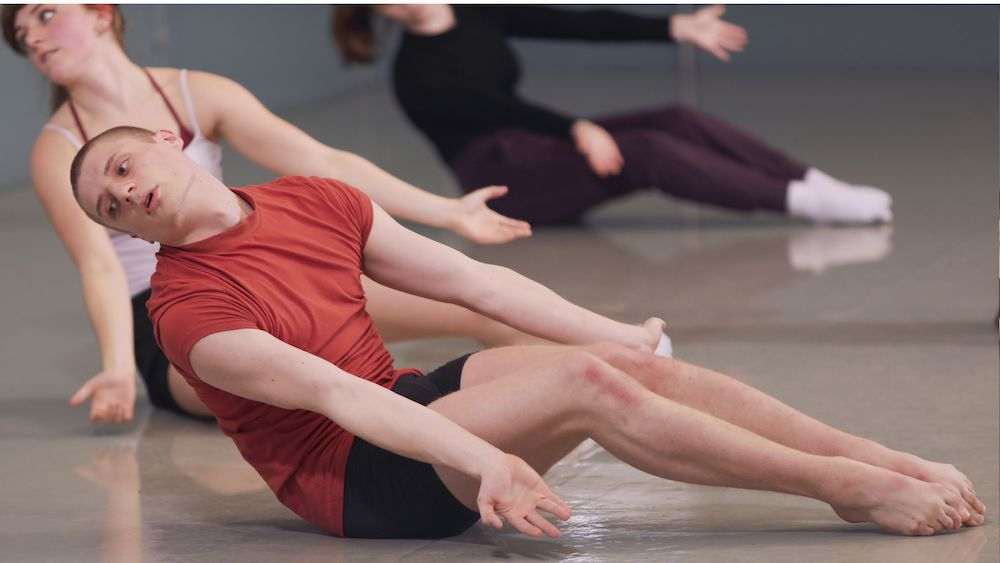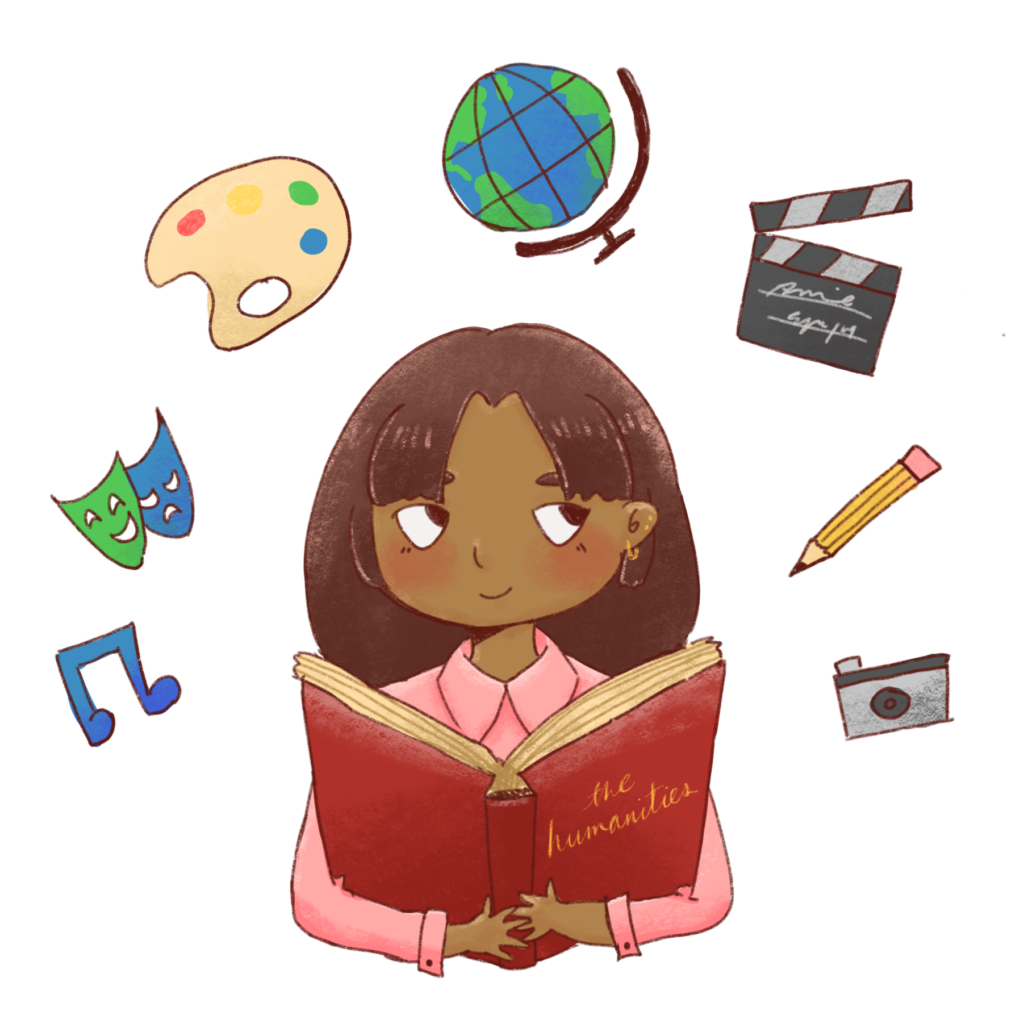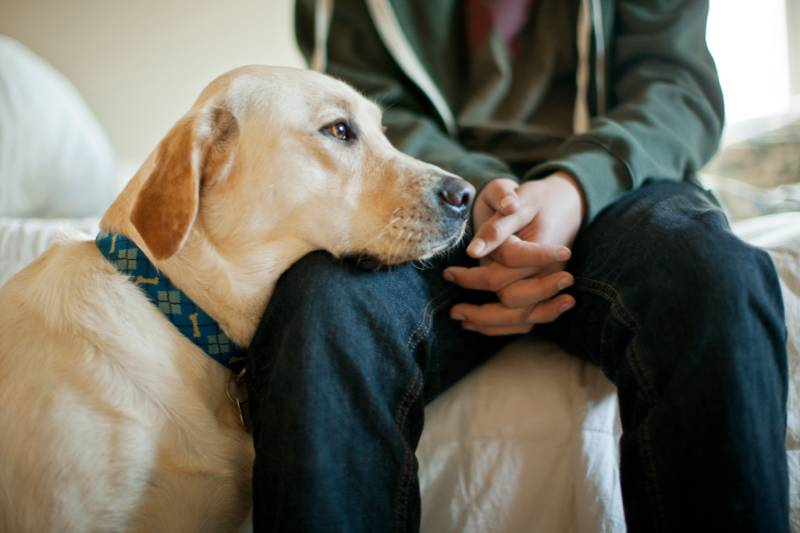Dance as if you’re being watched. This captivating call to movement encourages individuals to liberate themselves through dance expression, transcending judgment and embracing freedom. With each step, one can explore various dance techniques that not only shine a light on personal style but also connect the dancer to a deeper spiritual dance. In a world where self-awareness meets the exhilaration of release, dance becomes a form of therapy, allowing participants to shed inhibitions and embrace their inner dancer. Whether in a studio or the comfort of one’s home, the act of dancing openly can transform lives, creating a sanctuary where authentic self-expression flourishes.
Engaging in movement as if under the gaze of onlookers invites a unique kind of vulnerability and exploration. This notion encompasses the essence of performing arts, where the connection between the dancer and their audience can spark profound emotions and insights. It’s about allowing your body to articulate unspoken feelings, whether through modern choreography or traditional dance forms. As we delve into the realm of rhythm and movement, we uncover the therapeutic aspects of dancing, finding solace in the act of self-expression and rediscovering the joy of letting loose. The art of moving with purpose and intent can be a spiritual journey in itself, leading one closer to their inner dance.
Embracing Dance Expression: Freedom in Movement
Dance is a profound form of self-expression that transcends words. It allows individuals to convey emotions, stories, and experiences uniquely and powerfully. In embracing dance expression, one can explore various dance techniques that suit their personal style, whether it’s contemporary, hip-hop, or ballet. Such techniques enable dancers to tap into their innate creativity while also allowing them to release their inner dancer, which can lead to cathartic moments during performances. The liberation dance offers can lead to a deeper understanding of oneself and the world around them.
The beauty of dance expression lies in its accessibility. You don’t need formal training to express yourself through movement. By letting go of inhibitions and embracing spontaneity, anyone can unlock new forms of creativity. Whether in a class environment, a dance studio, or even at home, the key is to allow yourself to be seen. Remember, dance as if you’re being watched, not to impress others, but to honor the rhythm and freedom in your own body. This mindset helps cultivate confidence and a profound connection with the art of dance.
The Therapeutic Nature of Dance: Healing Through Movement
Dance as therapy has gained considerable recognition in recent years for its ability to foster mental and emotional well-being. Engaging in dance can reduce stress, anxiety, and depression, offering a healthy outlet for emotional release. When we allow ourselves to dance, we engage in a form of physical release that can be incredibly therapeutic. It encourages us to express feelings that may be difficult to articulate verbally, helping align our emotional and physical selves.
Moreover, spiritual dance practices, such as djine foly mentioned in Mali, highlight how dance can connect us with deeper cultural and spiritual roots. This type of dance invites participants to enter a trance-like state, promoting healing and joy. Students often experience profound benefits from engaging in dance classes that emphasize personal and collective liberation through movement. Whether in a structured setting or spontaneous gatherings, dancing with joy reduces the seriousness of life, reaffirming that it’s okay to embrace all aspects of ourselves.
In addition to being therapeutic, dance helps foster social connections, bringing people together to share in collective expression. This communal experience can heighten feelings of belonging and acceptance, which are crucial for emotional health. Thus, the dance floor becomes a sacred space for people to gather, express, and heal together, reminding us that community and connection are vital components of a joyful life.
Unlocking Your Inner Dancer: Steps to Liberation
To truly release your inner dancer, one must begin with self-acceptance. This journey requires a willingness to shed judgment and embrace the joy of movement. Many people hesitate to dance due to fear of criticism or self-doubt. However, free yourself from these constraints by practicing in private or with trusted friends who encourage exploration. Experimenting with different styles—be it salsa, contemporary, or folk—can reveal hidden talents and ignite passion. As you dance, remind yourself that regardless of technique, the essence lies in personal expression.
The next step involves cultivating a mindset that celebrates the process rather than the outcome. Approach dance with curiosity and a sense of adventure. When you dance as if you’re being watched, it’s vital to focus on personal fulfillment over external validation. See each movement as an opportunity to connect with your body and express emotions. Dance should be an unfiltered, joyous act of creation. Embrace this freedom, and you’ll find that the act of dancing becomes less about perfection and more about experiencing the moment fully.
The Spiritual Dimension of Dance: Connecting with the Divine
Dance has long been associated with spiritual practices across cultures. In many traditions, movement is a pathway to connect with the divine or to access a greater understanding of oneself. The concept of djine foly, dancing with the spirits, illustrates this beautifully, as it acknowledges the otherworldly guides that inspire and stir our inner selves. Such traditions remind us that through dance, we can enter into a sacred dialogue with rhythms that resonate within us, connecting deeply with our spirituality.
Moreover, spiritual dance acts as a form of meditation, helping practitioners to align body, mind, and spirit. Participants often experience heightened states of awareness and connection to their surroundings, fostering a profound sense of unity with the universe. For those exploring spiritual dance, initiatives such as guided classes or communal gatherings amplify this experience. In such environments, dancers are encouraged to honor their own journeys while celebrating the collective spirit that emerges when people come together to express their truths through movement.
Expressions of Freedom and Authenticity in Dance
Authenticity plays a crucial role in dance, allowing individuals to showcase their true selves through movement. Many practitioners emphasize the importance of expressing genuine emotions rather than adhering strictly to technical execution. This liberation in dance empowers people to share their stories, backgrounds, and lived experiences without fear of judgment. Culture, history, and individual narratives can converge beautifully on the dance floor, reminding everyone that you can express freedom in your own unique way.
Furthermore, learning different dance techniques from around the world can enrich personal expression, enhancing the authenticity of one’s movement. For instance, while exploring traditional African dance, practitioners can connect with the vibrancy of their ancestry and express a narrative of resilience and strength. In this light, dance becomes a powerful advocacy tool, helping individuals reclaim their stories and identities. Therefore, the essence of dancing is to express who you are and what you represent, allowing for a radical sense of freedom.
Finding Your Rhythm: The Role of Music in Dance
Music is the heartbeat of dance, creating the rhythms and melodies that inspire movement. The choice of music significantly influences the emotional and energetic quality of the dance experience. Different genres evoke various responses; a lively samba or hip-hop beat can ignite excitement, while soothing classical music may encourage flowing movements. Understanding the relationship between music and dance can help dancers better express their emotions, allowing them to leave behind daily stresses and immerse themselves in the joy of movement.
In this sense, selecting the right soundtrack can serve as a form of therapy. The power of music to transport us to different emotional landscapes is unmatched. By curating playlists that resonate with personal emotions or memories, dancers can deepen their experience. This tailored approach fosters a stronger connection to the creative expression of dance. So next time you step onto the dance floor, consider the way your chosen music influences your movement and feelings — you might discover a whole new dimension to dancing.
Dance Across Cultures: A Global Perspective
Dance is a universal language that crosses cultural boundaries, showcasing diverse traditions and histories through movement. Each cultural context provides unique styles, dance rituals, and techniques, enriching the global mosaic. Exploring international dance forms allows practitioners not only to learn about different cultures but also to immerse themselves in various expressions that tell profound stories. From the traditional dances of Africa to the expressive forms of ballet from Europe and Bollywood from India, every style offers an insight into the cultural identity it represents.
Understanding dance through a global lens fosters appreciation and respect for the diversity that exists in our world. It allows dancers to bring their unique perspectives while engaging collaboratively with styles and traditions. For instance, blending hip-hop with traditional African dance can create innovative performances that honor both heritages. By experimenting with these cultural expressions, dancers celebrate their individuality while participating in a shared artistic experience that bridges differences and cultivates cohesion.
Cultivating Confidence Through Dance: Overcoming Fears
Building confidence through dance can significantly transform a person’s self-image and outlook on life. Many people struggle with social anxiety or fear of judgment, especially when it comes to performing or expressing themselves. However, by practicing regularly and embracing the mantra of dancing as if you’re being watched, one can learn to let go of insecurities and experience the liberating feeling of self-acceptance. This provides a conducive environment where anyone can grow without the fear of making mistakes.
As individuals become more comfortable with their dancing, whether during classes or social events, the profound connection with their bodies leads to increased self-esteem. Dancers who embrace their unique styles and imperfections often discover the beauty that lies in vulnerability, leading to personal growth on and off the dance floor. The journey toward confidence in movement is not just about the physical but intertwines with emotional healing, ultimately contributing to a greater sense of well-being.
The Impact of Dance on Community: Building Bonds and Relationships
Dance fosters a sense of community and belonging, bringing people together in shared experiences that transcend individual expression. From informal gatherings to organized dance events, participants engage in collaborative creativity that strengthens social ties. These communal aspects of dance offer opportunities for connection, support, and understanding, creating a rich tapestry of relationships. Dance circles, classes, and workshops emphasize collective participation, reinforcing shared values and unity.
Furthermore, by participating in community dance, individuals access cultural heritage that might otherwise be overlooked. Through traditional dances, generations can share and pass down their stories, keeping cultural practices vibrant and alive. This communal aspect emphasizes the importance of community involvement through dance, resulting in relationships built on trust and mutual support. Ultimately, dancing together cultivates joy, acceptance, and a sense of place within the community, enriching lives through every step and beat.
Frequently Asked Questions
What does it mean to dance as if you’re being watched?
To dance as if you’re being watched means to fully engage in your dance expression without self-awareness or inhibition. It encourages dancers to embrace their movements and emotions, transforming ordinary steps into a powerful performance. This concept is about releasing your inner dancer and tapping into the cathartic experience of dance as therapy, where the focus is on enjoyment and personal expression rather than perfection.
How can dance techniques enhance my ability to express myself when dancing as if I’m being watched?
Utilizing various dance techniques can significantly enhance your ability to express yourself. By learning styles such as contemporary, jazz, or hip-hop, you can develop a broader movement vocabulary that allows for greater emotional expression. When you dance as if you’re being watched, incorporating these techniques can help bring your personal story to life, making your performance more captivating and authentic.
Is spiritual dance a good way to release your inner dancer and perform as if you’re being observed?
Yes, spiritual dance is an excellent way to release your inner dancer and perform as if you’re being watched. This type of dance connects the mind, body, and spirit, allowing for deeper emotional expression. By engaging in spiritual dance practices, you can access a trancelike state, releasing inhibitions and expressing genuine feelings, making your performance resonate with authenticity.
How can dancing as therapy improve my confidence in performing when I feel watched?
Dancing as therapy offers a safe space to explore emotions and release tension, which can significantly enhance your confidence when performing under scrutiny. This therapeutic approach encourages self-acceptance and personal expression, enabling you to dance as if you’re being watched without fear of judgment. Embracing your authenticity can help you focus on the joy of movement rather than potential criticism.
What are some tips for embracing dance expression as if you’re being fully observed?
To embrace dance expression as if you’re being fully observed, start by letting go of your self-judgment. Focus on the music and your body’s movements, allowing yourself to connect emotionally with the dance. Practice in front of a mirror or with friends to get comfortable being watched. Remember, it’s not about looking good; it’s about feeling free to express yourself authentically.
| Key Points | Details |
|---|---|
| Importance of Visibility in Dance | Dance is a form of expression that fosters visibility and connection. |
| Release and Catharsis | Dancing can be a cathartic release from the constraints of self-consciousness. |
| Cultural Significance | Reference to ‘djine foly’ highlights dance’s spiritual and cultural dimensions. |
| Personal Experience in Teaching | Instructors can create a liberating environment through encouragement and unfiltered expression. |
Summary
Dance as if you’re being watched is not just about putting on a performance; it’s about embracing your authentic self. In today’s culture, where visibility and self-expression are paramount, Jeffrey L. Page highlights how dance allows individuals to share their stories and experiences. By letting go of self-doubt and societal expectations, we can access deep emotional releases, akin to a cathartic journey. Whether through personal expression or cultural practices like djine foly, dance transcends mere movement, becoming a powerful medium for connection and spirituality. Ultimately, engaging fully in dance encourages us all to celebrate our unique narratives and to embrace being seen.



